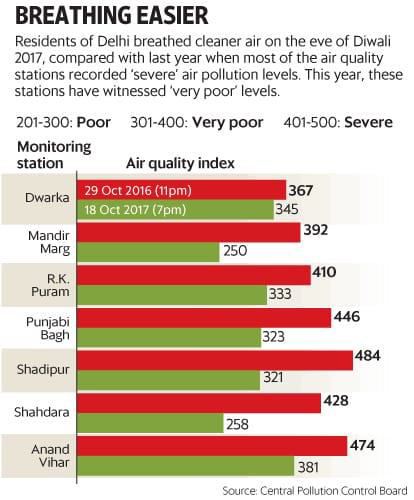Cervical cancer is the third most common cancer worldwide, with 80% of cancer deaths occurring in lower middle income countries(LMIC). Exfoliativecervicovaginal cytology has been regarded as the gold standard for cervical cancer screening programs. Limitations are incorrect and inadequate sampling with upto 20% of harvested cells being transferred on the slide leading to a reduction in the sensitivity of the test. Fluid sampling techniques with automation are associated with a reduction in the incidence of inadequate cervical smears. Manual Liquid Based Cytology (MLBC) is a cost effective technique that enables cells to be suspended in a monolayer,improve detection of precursor lesions and specimen adequacy with ancillary techniques which are cell block with immunocytochemistry(IHC)and HPV testing. Cell blocks with IHC can be prepared from all types of cytological specimens. Current HPV tests are able to detect the presence of viral markers by with polymerase chain reaction which when combined with Pap smears can achieve nearly 100% sensitivity. Visual inspection tests with 3%-5% acetic acid (VIA) and/or Lugol‟s iodine (VILI) appear to be a satisfactory alternative screening approach to cytology. In developed countries recent advances , updates and scientific insights are done for HPV screening ,testing and management .In LMIC at the present time, three methods can potentially be used as triage test: (1) Visual methods (VIA/VILLI) (2) Cytology; and (3) Molecular testing with the choice of test essentially depends on the available health resources.
